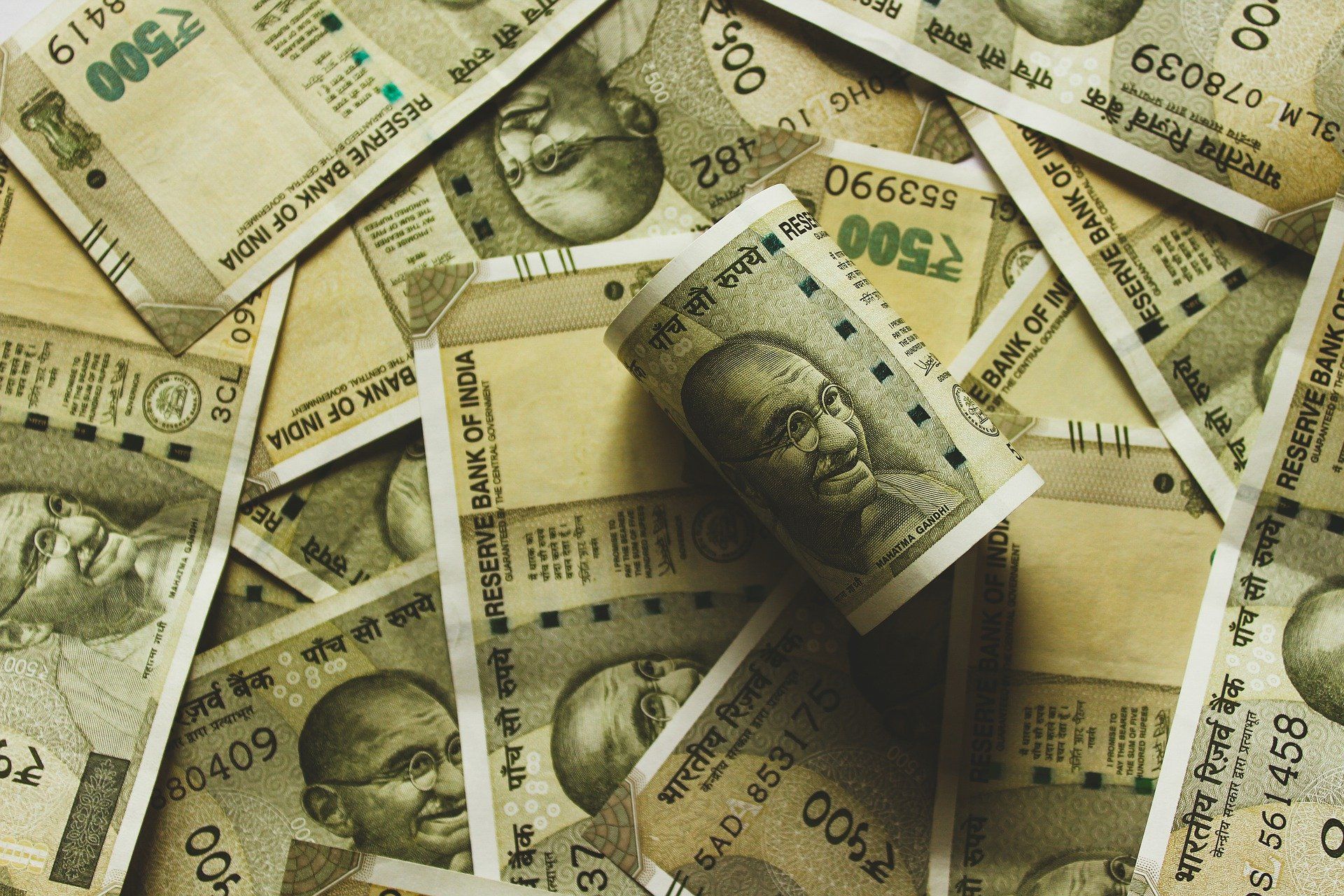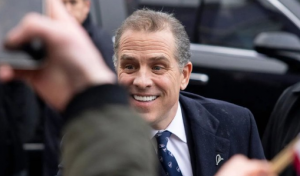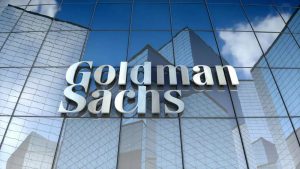The Federal Reserve of the United States hiked key interest rates by 75 basis points or three-quarters of a percentage point on Wednesday. In the July
monthly meeting, the central bank had hiked the rates by 75 bps while
maintaining that it was committed to bringing down inflation to 2%. The US CPI
inflation stood at 8.3% in August, over four times the Fed’s target level.
Also Read | US Fed meeting, September 2022: When and where to watch press conference live
The Fed rate
hike will have an impact on the Indian economy as it affects the global
economy. The Reserve Bank of India (RBI) in August raised the repo rate by 50 basis
points (bps) to 5.4%, taking cumulative rate hikes since May to 140 points.
After the Fed
hike, the central bank of India will also go into hawkish mode and raise the
rates. India’s current inflation stands at 7% and RBI aims to bring this down
to 4% with an upper band of 6%.
Here’s how
the Fed rate hike will impact the Indian economy:
Pressure on
the rupee: In the Indian economy, the rate hike could further weaken the
domestic currency, which has depreciated against the US dollar from 74.25 in
January to 79.70 in September. Foreign institutional investors have made a net
outflow of Rs 2.17 lakh crore in the Indian stock market in the first six
months of 2022 as against a net positive investment of Rs 25,752 crore in the
year 2021. The selling is likely to continue as the Fed hinted at a further
hike at the next meeting.
Also Read | US inflation rate eases slightly | A timeline: 1930-2022
Gold price
may rise: The Federal fund rate hike will have a direct impact on the rupee and
gold. When the dollar gains in value, the rupee value drops and so gold
purchased in rupees will be more expensive. Gold is considered to be a safe
investment option during times of uncertainty. As more people will look to
diversify their money and not keep their money in bank deposits, the price of
gold will increase.
Also Read | The 2008 market crash: Inside the doomsday machine and a brief history
Cost of
borrowing: When the interest rates are raised, the cost of borrowing will
increase. This means banks will have to pay more to borrow money, and
eventually, they will charge individuals and businesses more interest. As a
result, mortgage rates will increase, and fewer people will be able to buy
homes. The situation is similar for the auto sector. Businesses will reduce
their capital expenditure and look to spend less.
Also Read | Great Depression to COVID: Top 5 market crashes in American history
Imported
inflation: Due to currency devaluation, India could see a rise in inflation.
The rupee has been losing its value despite the RBI intervening in the forex
market to reduce volatility. India’s forex reserves dropped by $2.234 billion
to $550.871 billion for the week ended September 9, the lowest level in two
years, the RBI data showed. As India is a major exporter of gold, crude, and
electronics, the rising costs of imports are expected to further widen the
current account deficit (CAD), which may cross 3% of GDP in 2022-23.
Also Read | How inflation affects RBI’s interest rate policy
Unemployment:
The rising interest rates will also lead to a period of slower economic growth,
which could result in layoffs.
Price of gas
and groceries: Even though the Fed’s rate hike is intended to bring down
inflation, it is unlikely to reduce the cost of gas and groceries immediately.
The Fed’s rate hike can make borrowing costs more expensive and bring down
overall demand in the economy by forcing consumers and businesses to control
spending.







